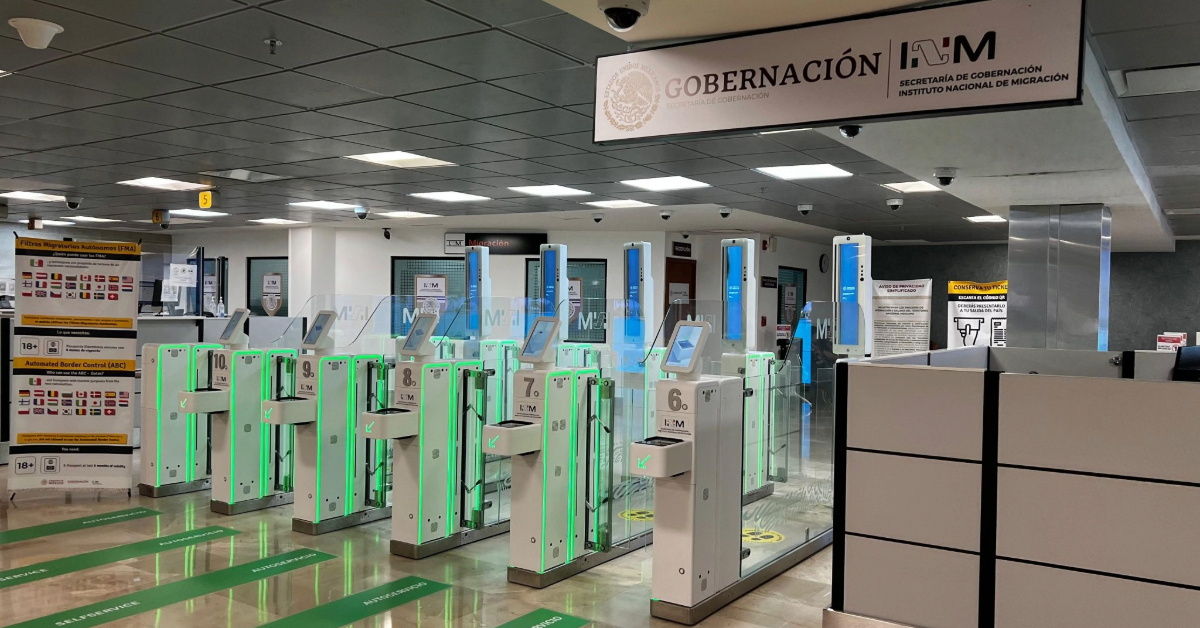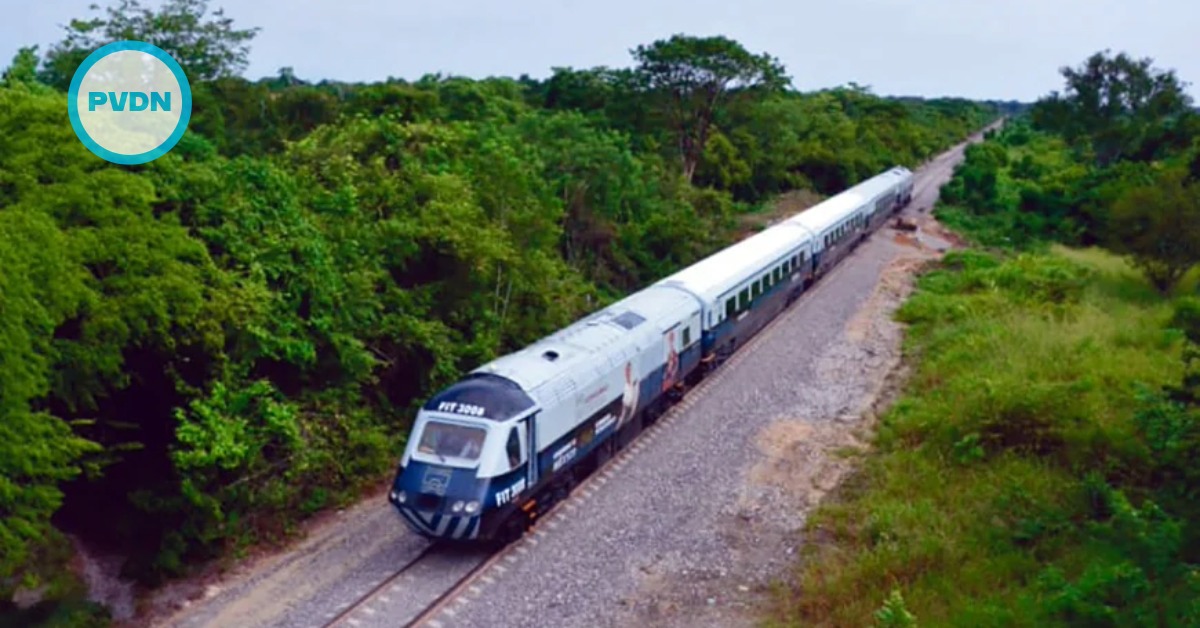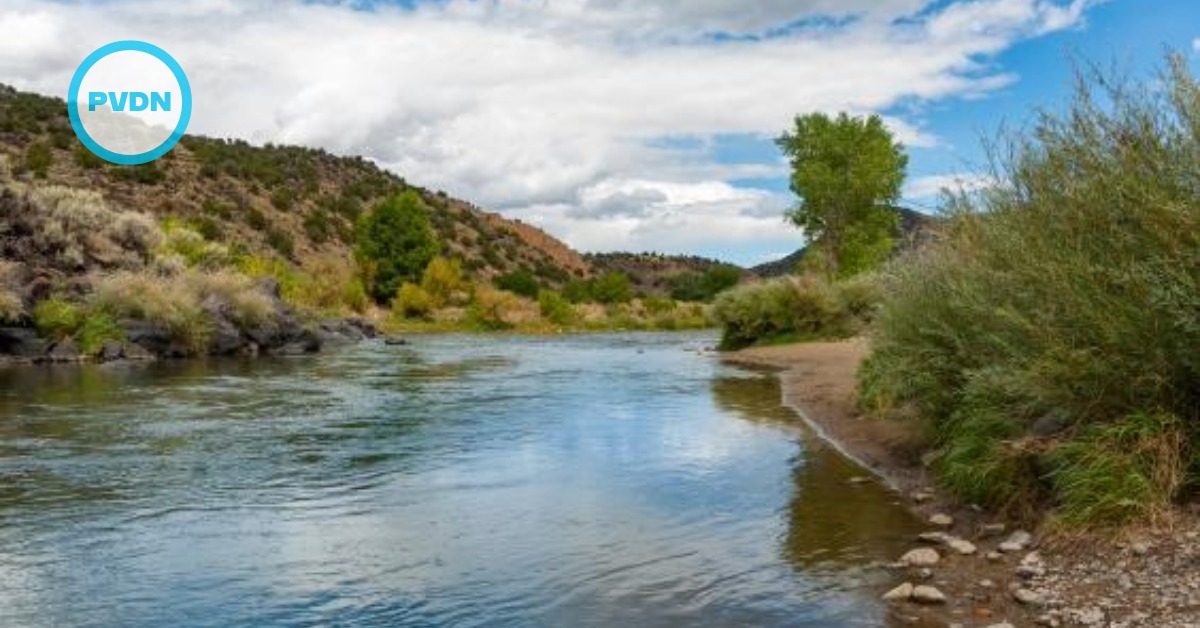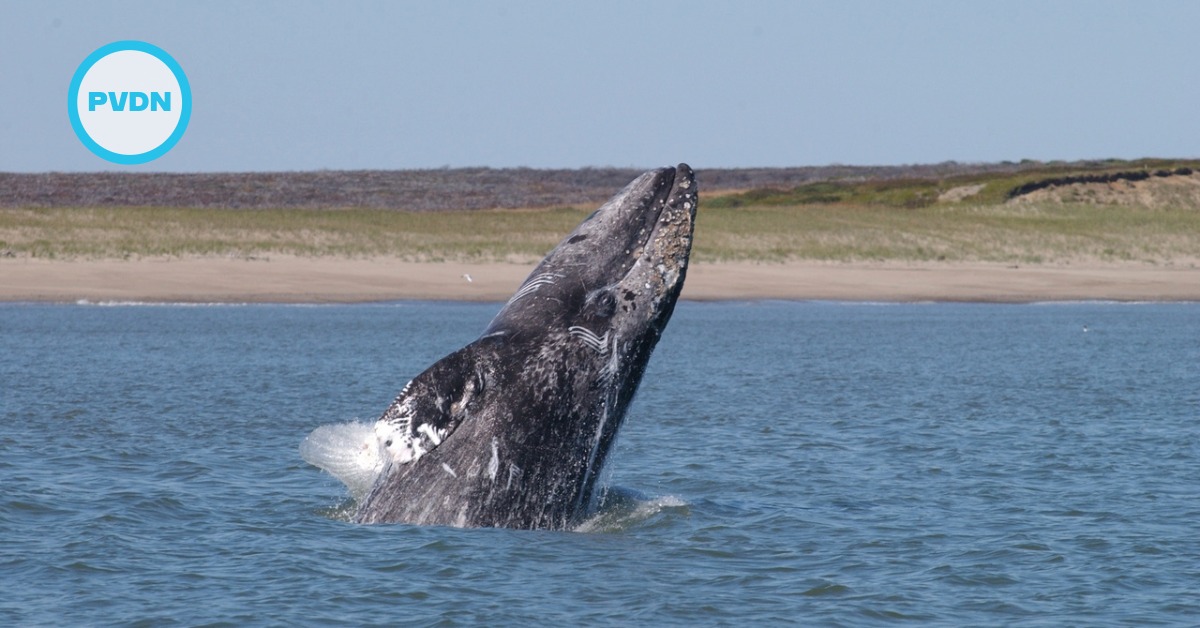Puerto Vallarta International Airport has introduced 10 digital entry modules, allowing travelers to complete their immigration process in just 35 seconds using facial recognition and passport scanning technology. This modernization aims to reduce wait times and enhance the travel experience for both national and international visitors. Learn more about how this cutting-edge system is transforming travel in one of Mexico's top tourist destinations.






